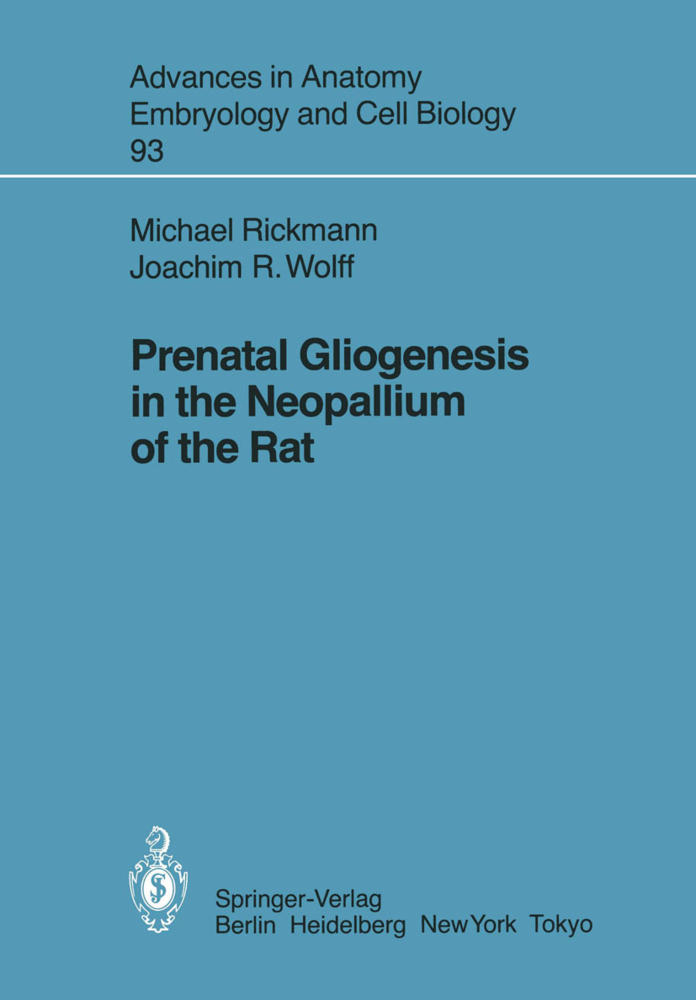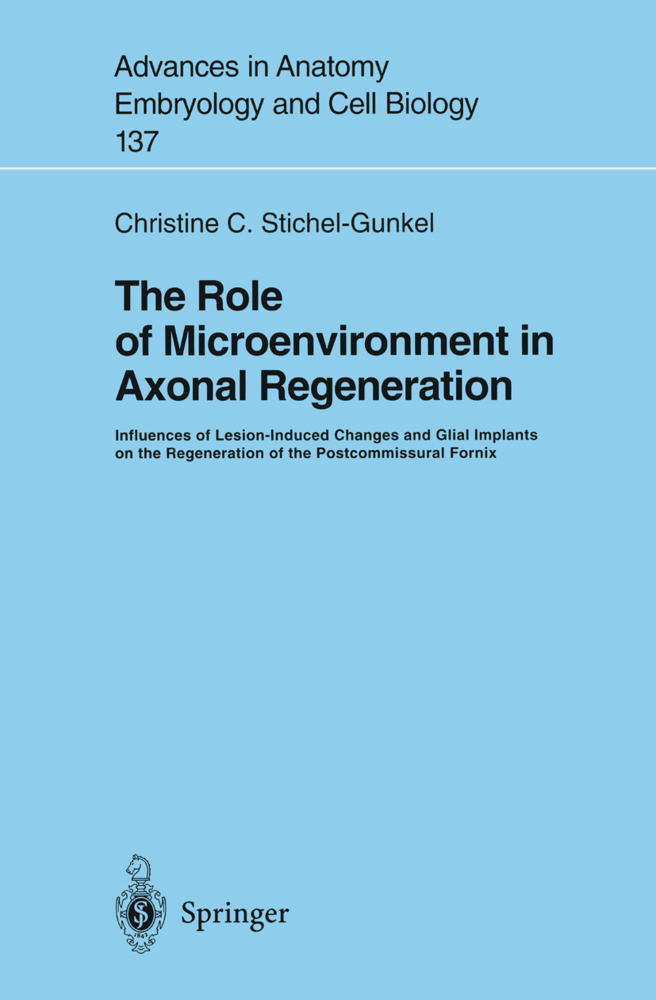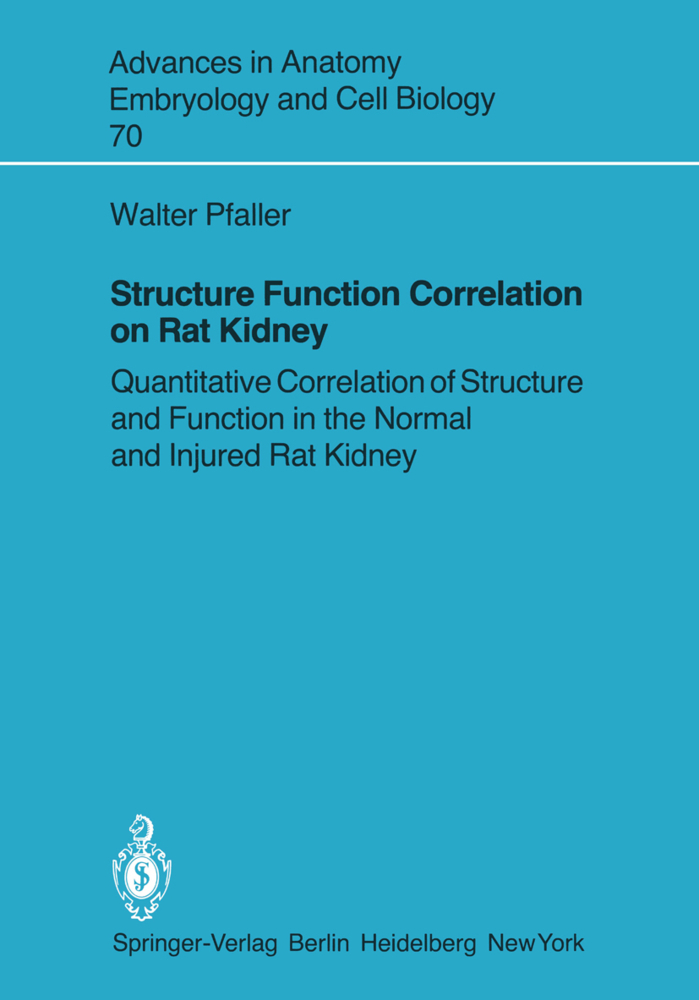Prenatal Gliogenesis in the Neopallium of the Rat
Prenatal Gliogenesis in the Neopallium of the Rat
At the end of the nineteenth century, controversy arose as to precisely when the first glial cells originate during development of the central nervous system, and to date, the issue has not been satisfactorily resolved. His (1889, 1890) noted that, even in the earliest developmental stages of the germinallayer, there appeared to be two distinct cell types. The cells which he called Spongioblasten were thought to be glial precursors from which all mature glial cells derive; Keimzellen, in contrast, were regarded as forming 1 neurons. His was working on the assumption that the very first preneurons migrate into a preexisting framework of glial eelIs. In contrast to this view, Schaper (1897) regarded both Keimzellen and Spongioblasten as belonging to a common population of proliferating and pluripotent stem cells which begin differentiation into glial and neuronal cells at late developmental stages. It is this latter view which is the basis of the most recent studies on the subject (e. g. , Caley and Maxwell1968a, 1968b; DeVitry et al. 1980). The concept of one common stem cell seemed to be supported both by experiments using 3H-thymidine autoradiography (Fujita 1963, 1965b, 1966; Sauer and Walker 1959; Sidman et al. 1959) and by ultrastructural studies (Fu jita 1966; Hinds and Ruffet 1971; Wechseler and Meller 1967) indicating that structural differences, which His presumably used to define his two cell types, could be related to different stages of the mitotic cycle.
1.2 Histogenesis of the Neocortex
2 Material and Methods
2.1 Animals
2.2 Fixation
2.3 Standard Preparation of Tissues
2.4 Selection of Cortical Region for Analysis
2.5 3H-Thymidine Autoradiography
2.6 3H-GABA Autoradiography
2.7 Golgi Impregnation
2.8 Three-Dimensional Reconstructions of Electron Micrographs
2.9 Immunocytochemistry
2.10 Structural Criteria for Glial and Neuronal Cells
2.11 Text Structure and Terminology
3 Results
3.1 Histological Differentiation of the Neocortex
3.2 First Cells of the Marginal Zone
3.3 Cells of Lamina I
3.4 Cells of the Deep Layers
3.5 Nonneuronal Cells of the Cortical Plate
4 Discussion
4.1 Anlage of the Palliai Zones
4.2 Early Glial Cells with Pial Contact
4.3 Early Separation of Glial and Neuronal Cell Lines
4.4 Subcortical Cell Proliferation
4.5 Intercellular Contacts
4.6 Maturation of Glial Cells
4.7 Summary of Glial Criteria
5 Summary
6 References
7 Subject Index.
1 Introduction
1.1 Identification of Glial Cells1.2 Histogenesis of the Neocortex
2 Material and Methods
2.1 Animals
2.2 Fixation
2.3 Standard Preparation of Tissues
2.4 Selection of Cortical Region for Analysis
2.5 3H-Thymidine Autoradiography
2.6 3H-GABA Autoradiography
2.7 Golgi Impregnation
2.8 Three-Dimensional Reconstructions of Electron Micrographs
2.9 Immunocytochemistry
2.10 Structural Criteria for Glial and Neuronal Cells
2.11 Text Structure and Terminology
3 Results
3.1 Histological Differentiation of the Neocortex
3.2 First Cells of the Marginal Zone
3.3 Cells of Lamina I
3.4 Cells of the Deep Layers
3.5 Nonneuronal Cells of the Cortical Plate
4 Discussion
4.1 Anlage of the Palliai Zones
4.2 Early Glial Cells with Pial Contact
4.3 Early Separation of Glial and Neuronal Cell Lines
4.4 Subcortical Cell Proliferation
4.5 Intercellular Contacts
4.6 Maturation of Glial Cells
4.7 Summary of Glial Criteria
5 Summary
6 References
7 Subject Index.
Rickmann, Michael
Wolff, Joachim R.
| ISBN | 978-3-540-13849-5 |
|---|---|
| Medientyp | Buch |
| Copyrightjahr | 1985 |
| Verlag | Springer, Berlin |
| Umfang | VIII, 104 Seiten |
| Sprache | Englisch |











